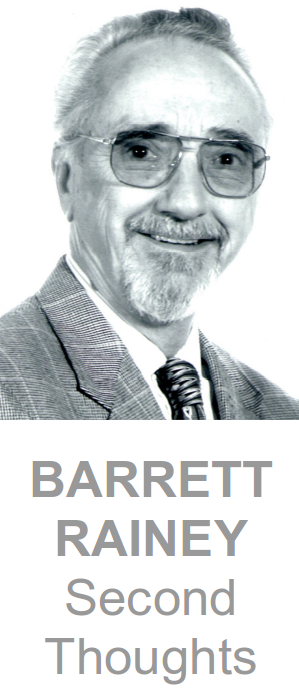
Boise has a mayoral race, featuring long-time mayor David Bieter and an experienced council member, Lauren McLean, and this may be the first seriously competitive mayoral race in Idaho’s largest city in a long time.
The timing is good because Boise has important decisions to talk about. And think about.
Some of them are obvious. The recent battles between the city and large groups of residents over the planned massive library and stadium projects suggests a disconnect that needs addressing, one way or another. Problems with affordable housing which seem to be getting worse rather than better are another.
But some of the changes are more subtle,and may take even more nerve to address. Here too, timing is good, because some of this emerged from a report last week from the Brookings Institution called “Growing Cities that Work for All.” Boise was one of four cities around the country profiled and analyzed in it as examples of what’s going right or wrongand what cautionary notes should be hit.
The report, in reviewing the city’s (and surrounding area’s) economic and social picture, said in many ways Boise is doing well but is “a city at a crossroads. Both Boise and Idaho will require bold action not only to maintain growth, but to grow in an inclusive way that benefits all citizens. The complexity metrics suggest an unsupported tradable sector and a dearth of industries that normally complement high-tech firms. The complexity of industry has decreased in recent years as high-tech companies struggle to find talent. Recent economic growth has primarily come from non-tradable service sectors rather than from growth-sustaining, export-driven sectors. Population growth resulted in part from retirees who drive housing prices, but who have less incentive to fund public goods such as education and workforce development.”
It sounds a little ominous. But what does it mean?
Part of it is that the technology sector that has been a central motor of Boise’s economic development has become “fragile”: “The synergies that drove Boise’s growth over the past 40 years are no longer sufficient for the region’s economy to compete globally. In downturns, economies are likely to shed the least competitive industries. Therefore, that Boise struggled more than other cities during the recession implies the city’s rapid growth since 2012 may be unsustainable.”
That’s because much of the more recent growth has come in the service sector, in places like health, government, and travel, and these did not spin off additional growth the way, say, a Micron or Hewlett-Packard or Simplot does. These sectors also tend not to pay as well, even though they sometimes have the effect of driving up prices (like housing). The Brookings projections suggest significant “disinvestment” from the Boise area among key local economic engines.
The report also warns that Idaho’s educational system hasn’t kept pace. By next year, it said, nearly two-thirds of all jobs will require more than a high school diploma, and Idaho’s college education rates are not keeping up with neighboring states. “The state needs to reduce the prevalence of poverty, ensure the inclusion of rural students, and invest in specialized programs outside the 4-year degree option,” it said.
To keep growing an economy that will work for the people who live in and around Idaho, Brookings said, “the city will need to foster firms that can employ Boise’s workers, provide benefits, and pay a living wage,” and focus hard on bringing in the new generators of new business, the way Micron and Simplot once did. That may mean bypassing giving special advantages to businesses that may add new jobs for a while but aren’t as helpful strategically in the long run. It means understanding which options are most useful rather than grabbing for everything.
It requires, in other words, some real sophistication on both the state and local level in carefully planning what kind of growth it has, not simply opening the gates and letting it happen.
Is this something Idaho leaders can embrace? This year’s election for city offices in Idaho, maybe most especially in Boise, would be a good place to ask the question.















